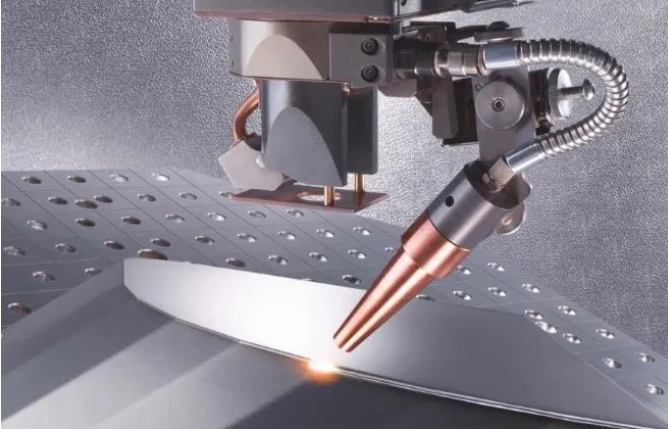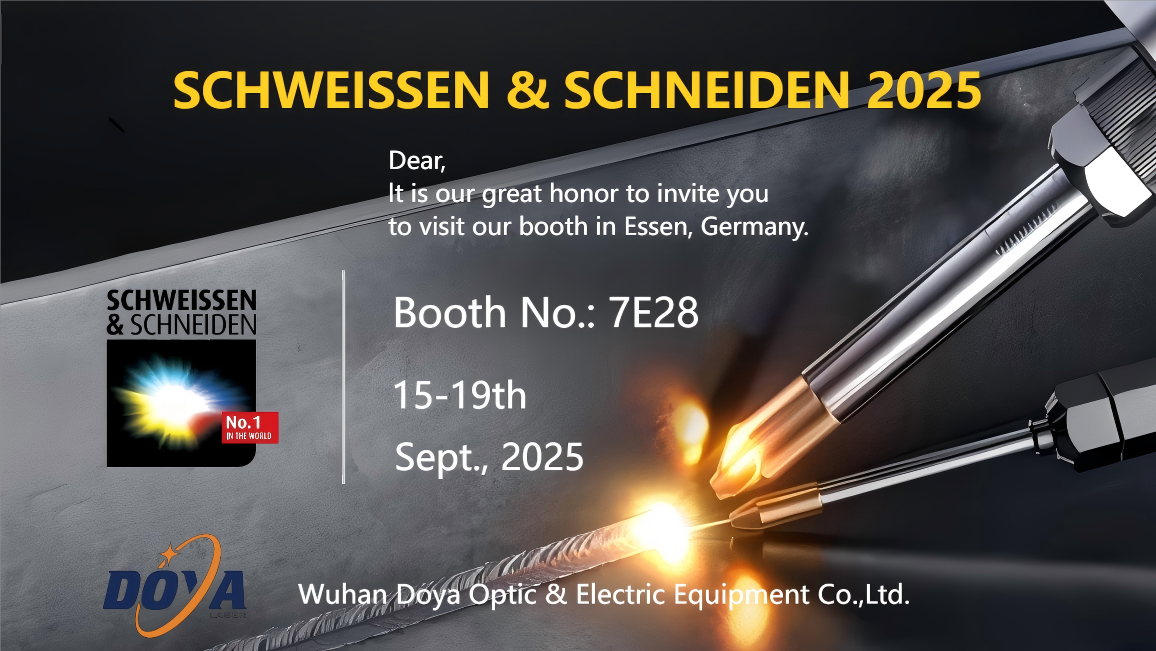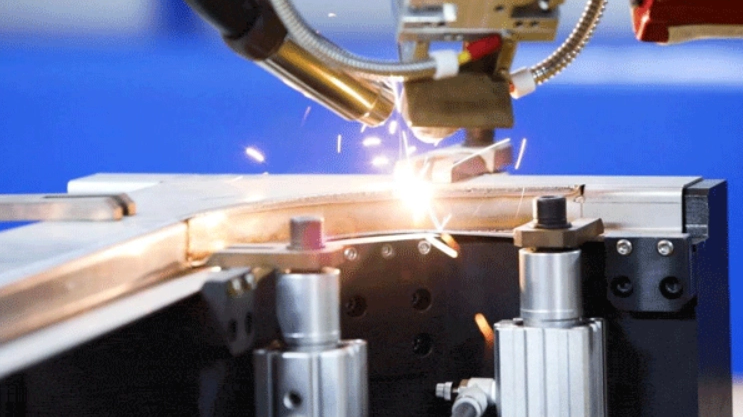
29-08-2025 Laser welding is a key application of laser processing technology. It utilizes the radiation energy of lasers to achieve effective welding. Its operating principle is to excite a laser-active medium (such as a mixture of CO2 and other gases, or YAG yttrium aluminum garnet crystals) in a specific manner, causing it to oscillate back and forth within a resonant cavity. This stimulates the formation of a stimulated radiation beam, which, when it contacts the workpiece, absorbs its energy. When the temperature reaches the material's melting point, welding can occur.
Read More 
13-08-2025 We are thrilled to invite you to visit us at SCHWEISSEN&SCHNEIDEN 2025 in Essen, Germany – the world’s leading trade fair for joining, cutting, and coating technologies.
Read More 
30-07-2025 Laser power is one of the most important parameters of a laser cutting machine. The higher the power, the faster the cutting speed and the greater the cutting thickness. Generally speaking, laser power is the power of the laser. As for the material properties, if the surface reflectivity of the material is high, then when the laser is irradiated to the surface of the material, more energy will be reflected back instead of being absorbed by the material for cutting. Therefore, in order to ensure sufficient energy for cutting, the power of the laser needs to be increased. Similarly, if the thermal conductivity of the material is good, the heat generated by the laser irradiation will be quickly conducted inside the material, making it difficult for the temperature of the cutting area to rise to a level sufficient for cutting. At this time, the power of the laser also needs to be increased to improve the cutting efficiency. In addition, cutting materials with high melting points also requ
Read More 
15-07-2025 (1)Causes of black explosion points When the laser passes through the stain, a violent oxidation reaction will occur to form gas, which will directly affect the stability of the molten pool keyhole and form a black explosion point. Specifically, the molten pool keyhole is abnormally closed, resulting in insufficient melting depth, insufficient melting width, unmelted surface or direct penetration of the parent material, which requires metallographic cutting to assist in judgment.
Read More 


